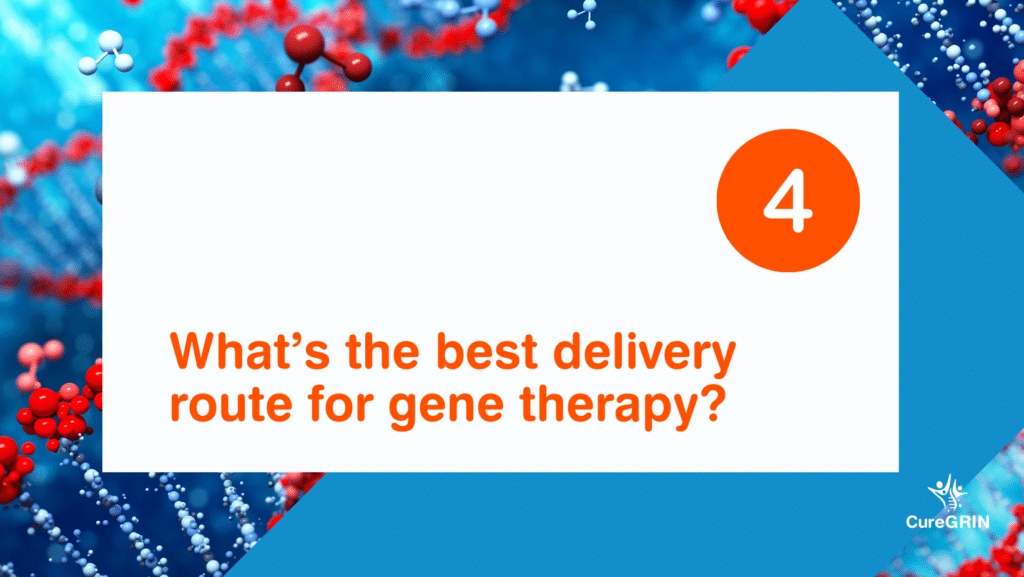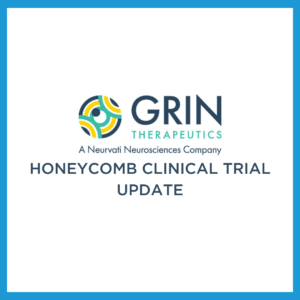Essential Question 4: What’s the best delivery route for gene therapy?
Share This Post

Each Thursday throughout the summer, CureGRIN will be sharing a blog post that summarizes one of the 10 “Essential Questions” that need to be answered in order to find cures and treatments for GRIN Disorder. These questions are a central component of our recently unveiled Research Roadmap titled, “Treat the Symptoms. Cure the Disease.” You can find links to all of these blog posts here.
Today, we focus on Essential Question 4: What’s the best delivery route for gene therapy?
Gene therapy is a technique that can be used to introduce genetic material to fix variants in genes or to make a protein. Researchers have a few ideas of the types of gene therapy medicines and strategies (e.g., Knockdown and Replace) that could possibly be created to treat GRIN and other GRI disorders, though it is important to note that no gene therapy medicines are currently available for GRIN or GRI disorders. Once a gene therapy medicine is developed for GRIN and other GRI disorders, understanding how we should deliver this medicine is extremely important. Should the medicine be delivered into the blood through a vein, into the spinal cord, or to a specific region of the brain?
The nervous system is very complex. Therefore, there are some challenges to delivering the ideal gene therapy. Some of these challenges include the blood-brain barrier (BBB) and the invasiveness of a particular delivery method.
The BBB acts as a wall between the brain’s blood vessels, or capillaries, and the other parts of the brain’s tissues. The skull and cerebrospinal fluid (CSF) keep the brain protected from physical damage, yet the BBB protects the brain from damage from toxins and pathogens in the blood. The BBB only lets in gases (such as oxygen), small molecules, and fat-soluble molecules. Bigger molecules, like glucose, can come in through a special way called transporter proteins.
The BBB is very good at keeping undesired things out of the brain, which poses some challenges for getting certain medicines into the brain. Advances in BBB delivery technology in the future will help to accelerate treatments, and there are also ways to deliver medicine that bypass the BBB.
Another challenge to delivering gene therapy is the invasiveness of a particular delivery method. There are a number of ways to deliver gene therapy. Some of these methods include intravenous, intrathecal, intracerebroventricular, and intraparenchymal administration.
Intravenous administration involves injecting the medicine into the vein. Intrathecal administration requires injecting the medicine into the spinal canal where the CSF is located. Intracerebroventricular administration requires injecting the medicine into the CSF in the brain. Intraparenchymal administration calls for injecting the medicine into gray matter tissue in the brain. As you can see, some of these delivery methods are more invasive than others. CureGRIN will be working with doctors, scientists, and biotechnology companies around the world to research these gene therapy delivery options to find the safest, least invasive option that results in getting the medicine to all the right places to help GRIN and GRI patients.
Read more Posts

Radiprodil reduces seizures in GRIN (gain-of-function) patients by a median of 86% in first-ever commercial clinical trial for GRI Disorders
The potential treatment also led to clinical improvements in other symptoms, and was well tolerated from a safety perspective.

Stay Home 4 GRIN
We want to hear your story about how you are taking care of and protecting your loved one with GRIN Disorder.
